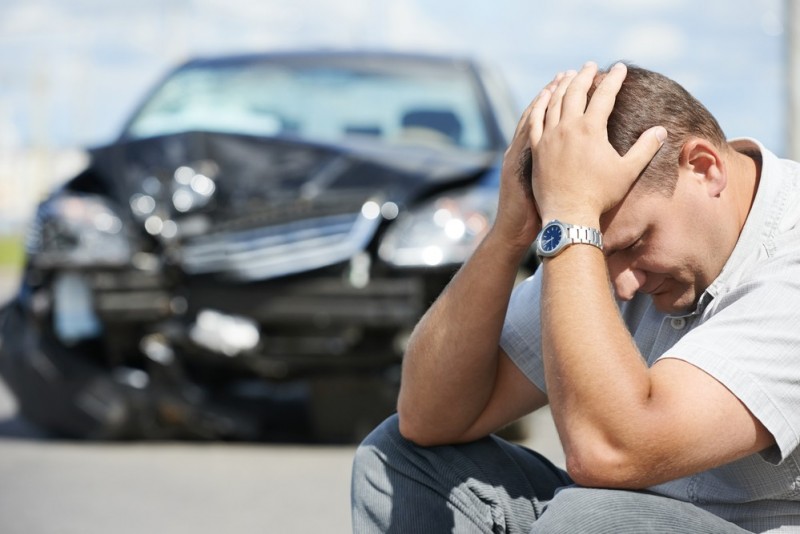Understanding Road Rage
Understanding Road Rage

Daily driving is full of frustrations and annoyances. Traffic and the actions of other motorists can make your drive to and from work a difficult, painful experience. We all worry about being late to our destination or getting into an accident, but there is a small but significant threat that looms on the road. Road rage doesn't account for the most deaths, but the number is steadily growing.
We have all heard the news headlines about road rage incidents that have become fatal. Like a cancer, it has spread from urban areas to even the smallest city in the U.S. TO make matters worse, you could become a victim without even knowing that you've triggered another driver to the point of wanting to harm you.
Sometimes it starts with aggressive driving. One driver tailgates another or blocks a lane merge. The other retaliates, and things get escalated. True road rage is defined by the degree of its extremity. It's in full swing when one driver shows a willingness to physically harm another or their vehicle, such as running them off the road, ramming the other car, or causing a physical altercation with or without a weapon. What exactly brings us to that point, though?
Sometimes a driver's had a bad day at work or a fight with their spouse. Maybe the frustration of traffic has set an explosive stage. It may also be that one driver takes things too personally, believing that every mistake was done intentionally against them. Some people just have short fuses. There are multiple reasons that one may become so infuriated that they're willing to harm another regardless of the consequences, but luckily there are also a few ways to possibly diffuse things before they get to that point.
The easiest thing to do is to drive with a sense of common courtesy. Treat motorists the way you wish to be treated. Signal, keep a respectful distance, and let other drivers merge when you can. Don't give into emotional responses to other drivers actions.
 If anything, act with an abundance of road empathy. Definitely don't engage with agitated drivers and more than anything don't be responsible for escalating a situation. That's great for dealing with other drivers, but what do you do when you may be the problem?
If anything, act with an abundance of road empathy. Definitely don't engage with agitated drivers and more than anything don't be responsible for escalating a situation. That's great for dealing with other drivers, but what do you do when you may be the problem?
Try to create a calming atmosphere with your daily drive. Soothing music, meditation, and even aromatherapy can help. Putting pictures of your family around the car has also been known to help. Seeing your reason for getting home safely is a good reminder to be courteous. Also, if your passengers begin to express concerns for their safety because of your actions, listen. You may be driving more erratically than you think. Most of all, try to remember that each driver is like you. A person with a life, a family, and problems that may be making their day just as bad as yours.
We at Rice Buick Gmc Collision Center of Knoxville, TN strive to provide you with interesting, informative content.
Written By: Todd Hendrickson
Source: Psychology Today








 If anything, act with an abundance of road empathy. Definitely don't engage with agitated drivers and more than anything don't be responsible for escalating a situation. That's great for dealing with other drivers, but what do you do when you may be the problem?
If anything, act with an abundance of road empathy. Definitely don't engage with agitated drivers and more than anything don't be responsible for escalating a situation. That's great for dealing with other drivers, but what do you do when you may be the problem?
Social